The Noodle chair came into being towards the end of the 1960s, during a session with his students at the Art Institute of Faenza. To explain the importance of free gestures for the generating of ideas, Betti took one of his ‘pulsating’ signs and made it three-dimensional, transforming it into a chair.
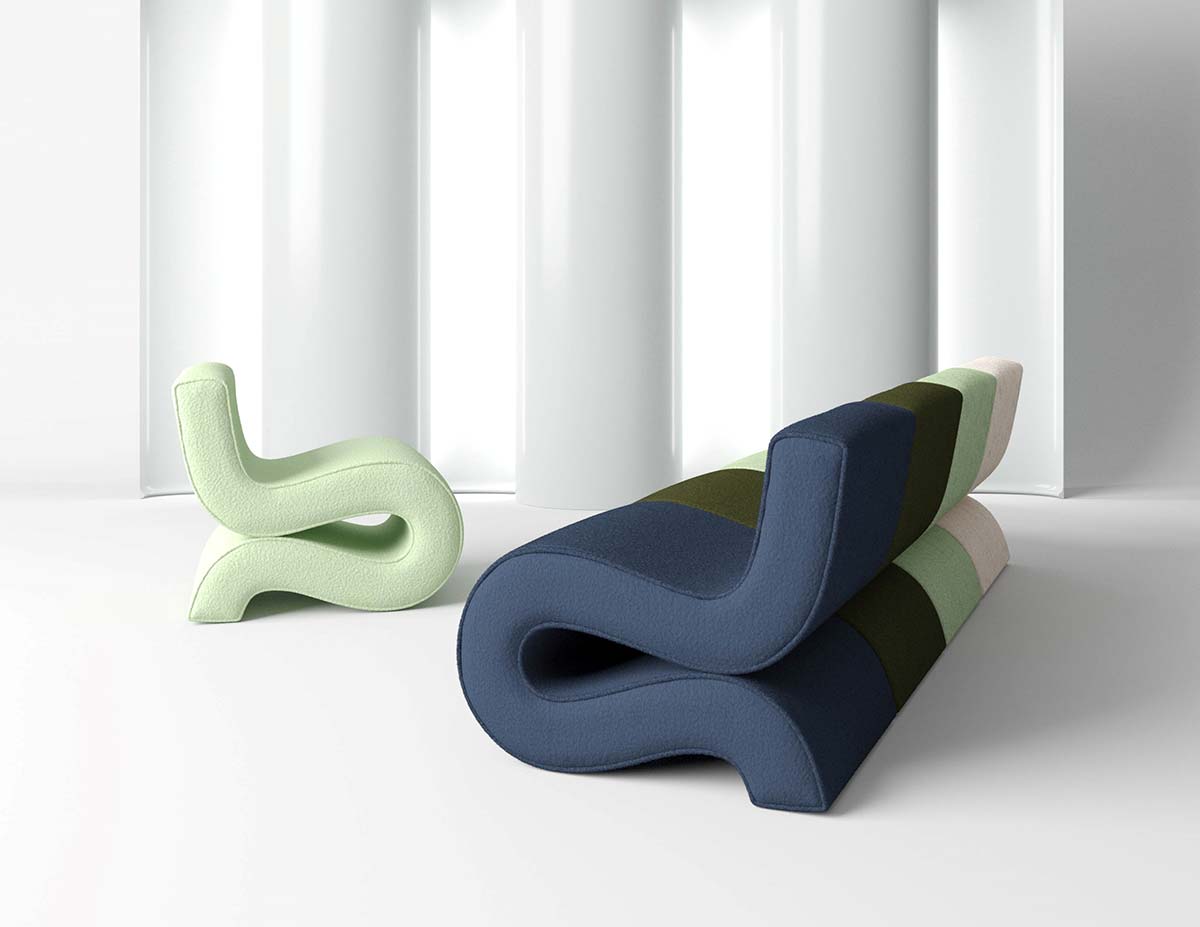
A lover of handmade tagliatelle, in his creation he glimpsed that same form, so he called it Noodle. Made in polyurethane, metal and plywood, which in the reissue in 2022 by Paradisoterrestre is covered in Kvadrat/Raf Simons combed wool, the curved upholstered piece with its ‘undulating’ form also links back to the artistic experiences of Betti on the theme of pulsation.
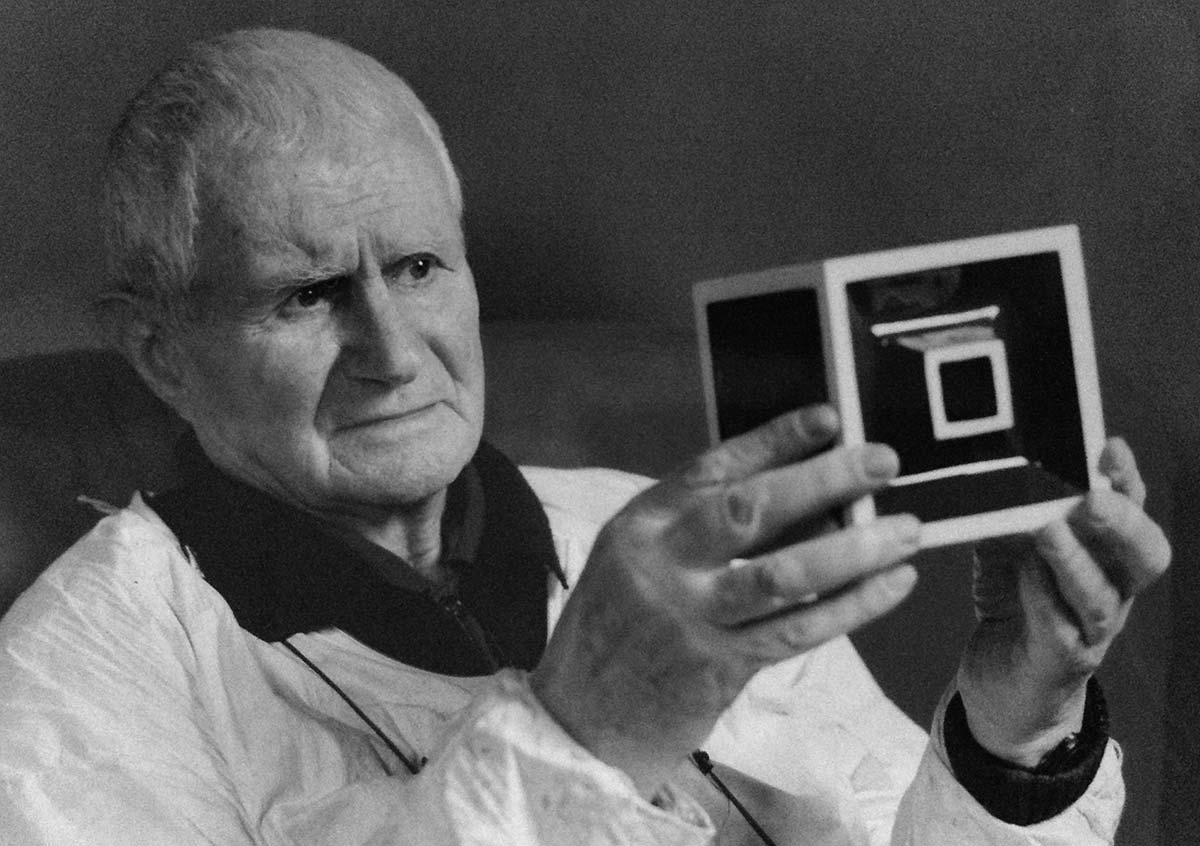
“Life in the universe is expressed through pulsations: from the microcosm to the macrocosm (from the cell to the galaxies), following different rhythms, fast or very slow, not perceptible to man. Light and sound are transmitted in waves: the tide comes and goes, the heartbeat and breathing are rhythmical pulsations. Everything that is alive has a pulse and the differences between life forms are differences of pulsation. Were I to pulsate at the rhythm of that tree, I would be that tree.”
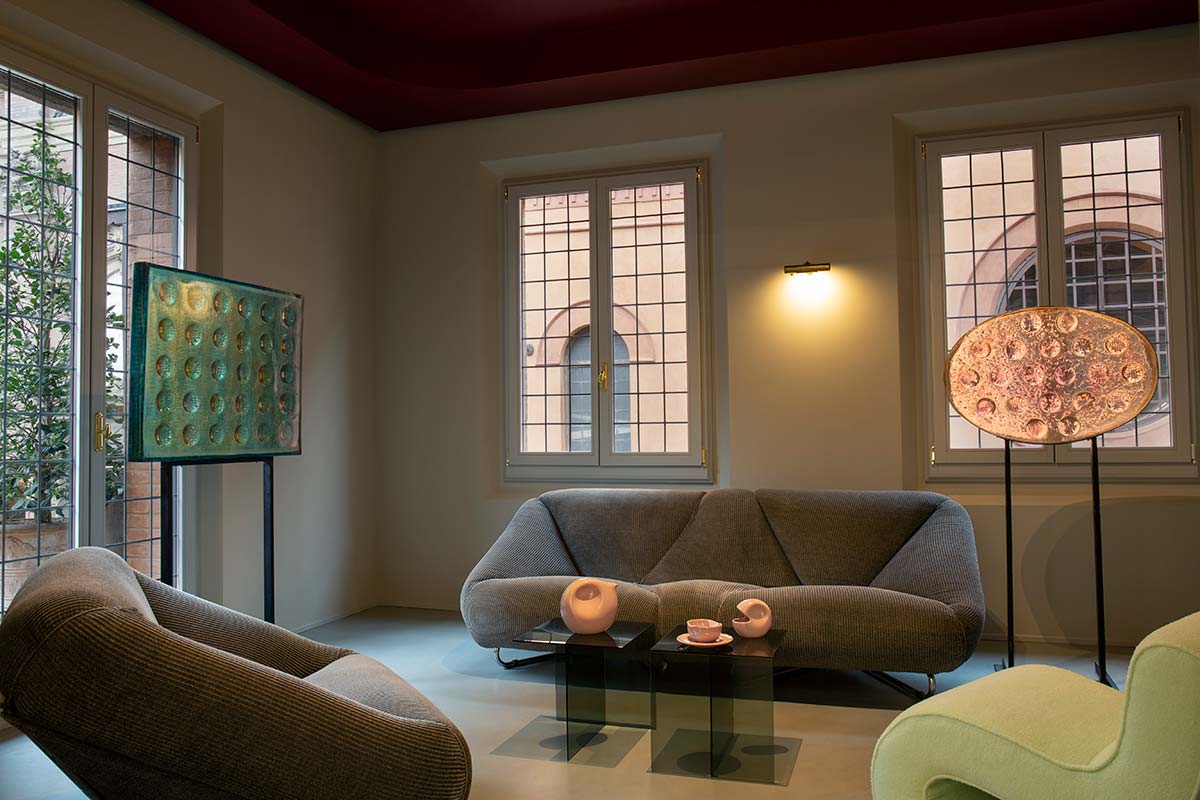
Pulsation is one of the three fundamental concepts that form a statement of poetics of the artist, guiding the exhibition Trasversale • Pulsazione • Ritmo, a retrospective curated by Galleria Paradisoterrestre, with the support of the City of Faenza, on the work of Augusto Betti (1919-2013). The exhibition, on view until 30 June, provides a preview of the reissue of Noodle, along with many other works from the 1960s and 1970s.
In the first experiences of the “Cassette” series (1959-1961), made by starting with squared wooden boxes with a width of about one meter and a depth of about a dozen centimeters, closed with transparent material, the artist inserted elements to create mutable games of light and movement, depending on the vantage point.

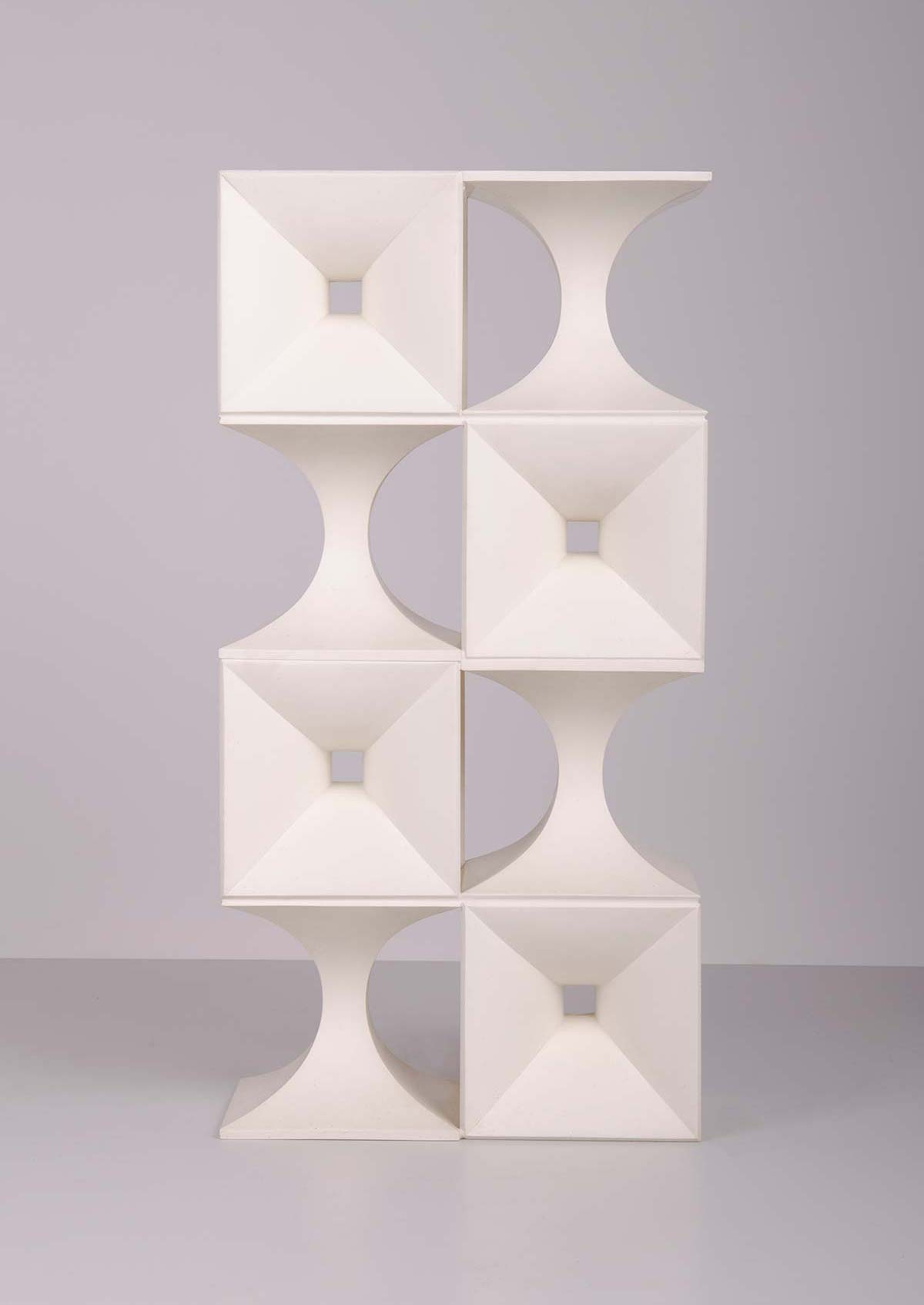
The sculptures in resin and fiberglass Pulsazioni (1964), Scatola dei sentimenti (1964), Struttura equilibrante (1964), Obelisco (1965), Ballerina (1965), Vibrazioni (1967), Orgonoscopio (1967), Camera con lenti (1969), alternate in the installation with design one-offs made in collaboration with the company Habitat Sintoni in Faenza, the Austere chair and table (1967), the Foemina chair (1967), the Prisma armchair and sofa (1971), and the sedia Ciclope chair (1972). The show is an opportunity to learn more about Betti’s intense research and design work, which for reluctance, modesty and character has remained for the most part unknown.
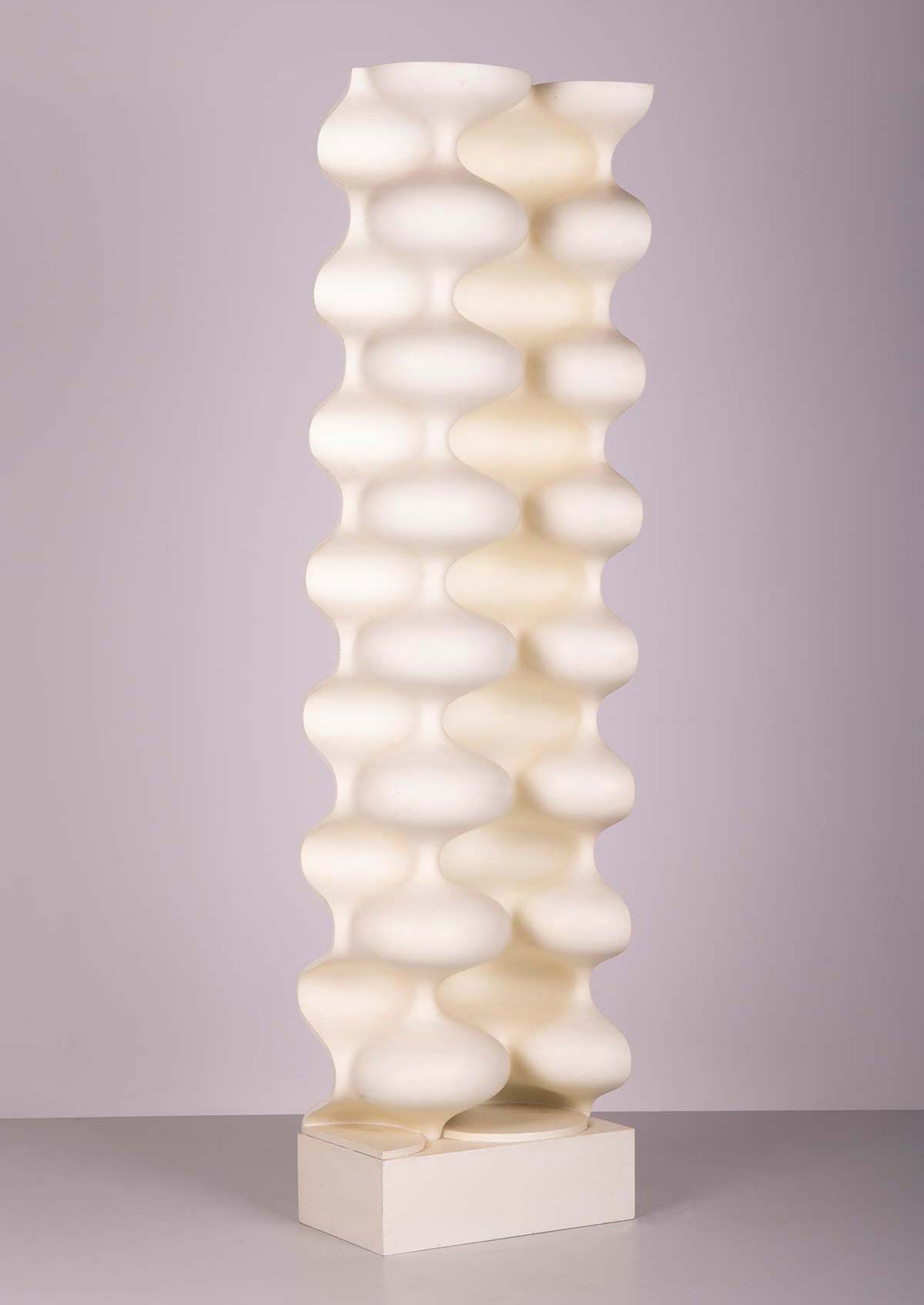
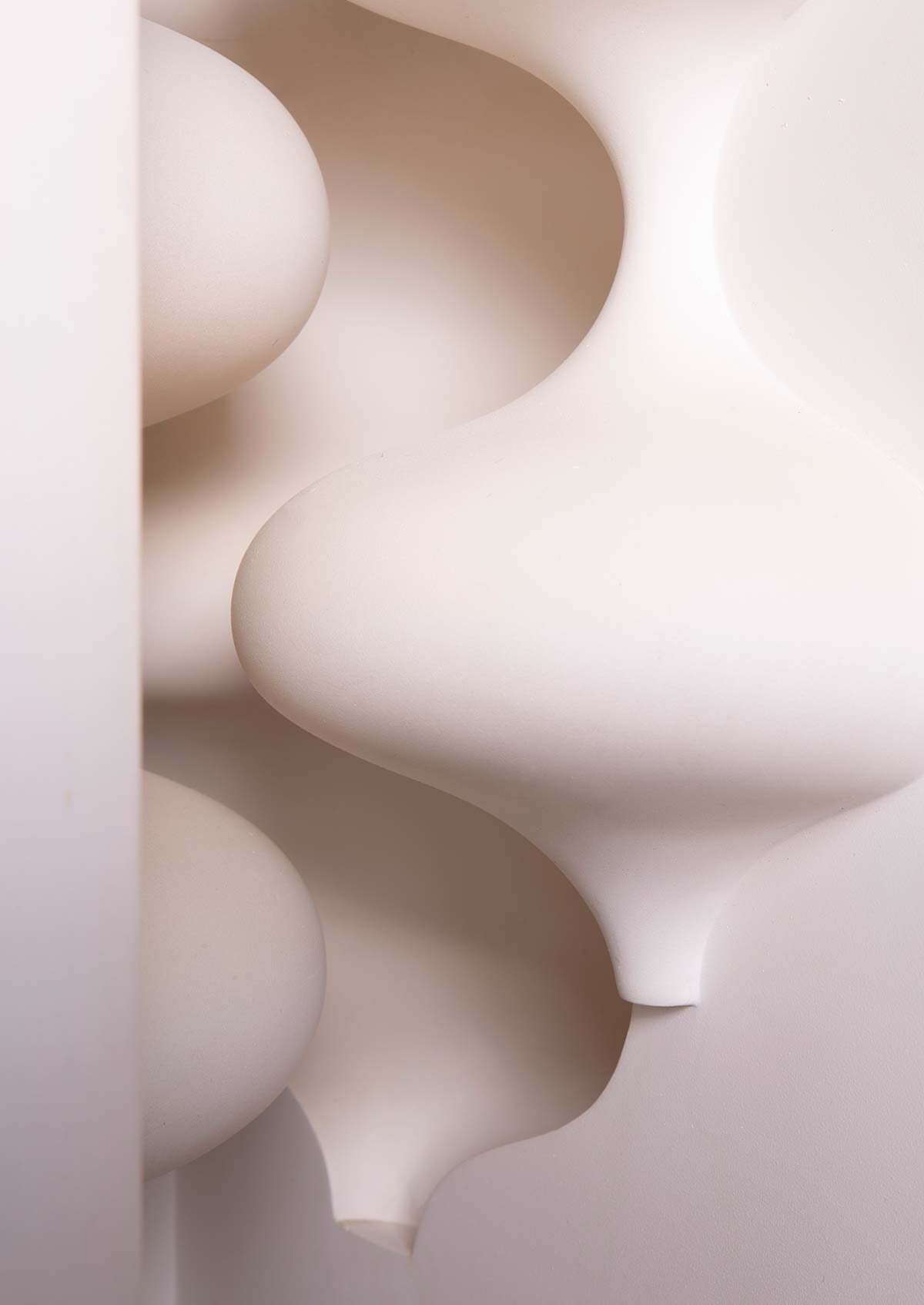
As Gherardo Tonelli, owner of Paradisoterrestre, explains: “In my work of constant research on historic design pieces, I came across some incredible objects made by Augusto Betti. Studying his background, I discovered that this exceptional production with just a small portion of his creative career. His greatness can clearly be glimpsed, already in his design pieces, which I would define as rare pearls.
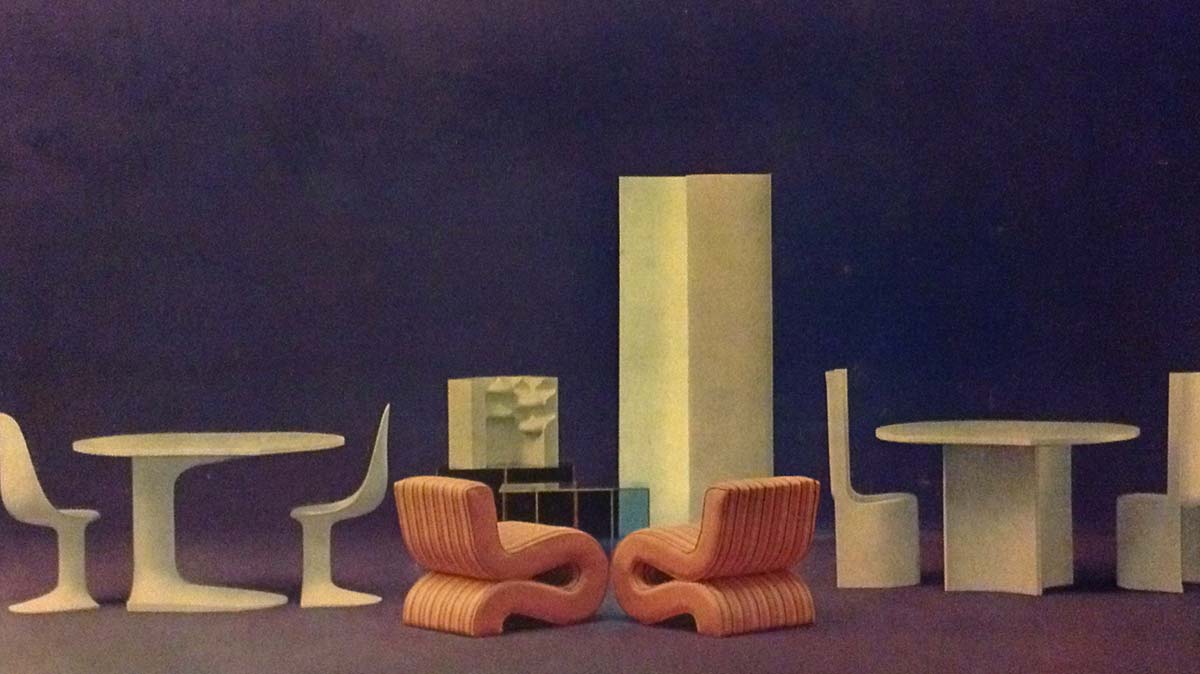
Thanks to his daughter Cristiana, I have been able to learn more about all the production of Augusto Betti, also and above all as an artist. For me this has been – and I think others will agree – a true discovery, which simply confirms the visionary intuition of Dino Gavina, of art and design as an inseparable duality.”

Galleria Paradisoterrestre
Via De’ Musei 4, Bologna
Until 30.06.2022
Thanks to: Cristiana Betti and Sergio Callegari; Arch. Silvia Maggi and Bianca Sangiorgi.










